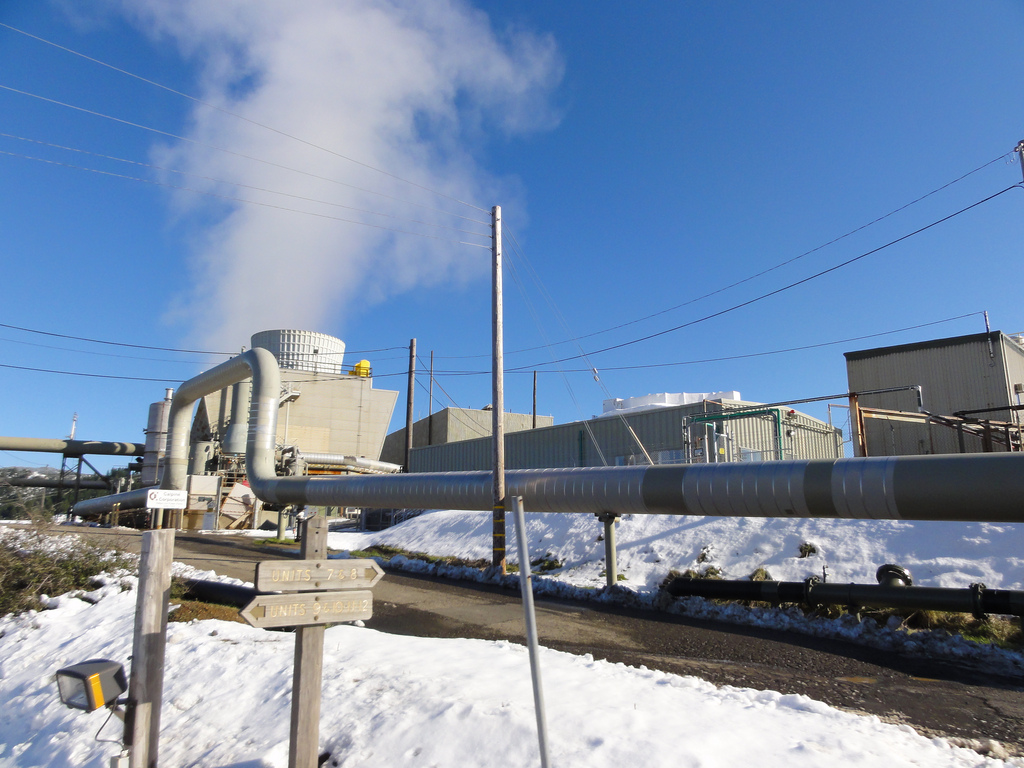Disadvantages for Geothermal in California renewables push
Other renewable energy sources in California are been favoured over geothermal due to subsidies; yet other benefits idiosyncratic to geothermal such as the refilling of water reservoirs and the stable output that they create should be taken into account.
According to local news in California, the push for renewable energy that the state is seeing is actually having a seemingly negative effect on geothermal.
The same news source states that “As the state’s renewable energy mandate expands, utilities are not being required to contract for geothermal power and, according to the company, are instead choosing wind and solar. Geothermal has been an established energy source for 100 years and while maintenance of its wells, plants and infrastructure carries considerable expense, it is a proven technology and a constant source of power that is already embedded in the local economy.”
Calpine, one of the most notable players in the industry states that they not only provide green, renewable energy but “nearly 500 full-time, high-paying jobs” plus tens of millions of dollars in royalties, taxes and maintenance that benefits the local economy, Calpine’s vice president for the geothermal region, Michael Rogers said.
The key issue here is that solar or wind are subsidised energy sources and geothermal is not part of them, putting said industry at a competitive disadvantage.
According to the company, the geothermal operations currently supply 18% of California’s renewable energy. The Geysers plants are fed by 390 wells with supporting infrastructure of various types. The complete geothermal operation employs 300 people.
The same source details that in addition to being a nonpolluting energy resource, Calpine and in the Geysers area helps neighbouring counties by recycling wastewater. The company employs what are termed “enhanced geothermal systems” techniques, basically creating or refilling water reservoirs beneath the earth’s surface to create steam energy from hot spots that have limited natural water. Rather than deplete the area’s precious freshwater, the company brings in 20 million gallons of gray wastewater a day from Sonoma and Lake counties.
Other concerns for the development of renewable energy is the cost for the taxpayer, due to the aforementioned subsides and also due to the intermittent nature of green energy (especially solar and wind-power). Geothermal is actually beneficial in this case since it is stable and non dependant on weather conditions and reliable.
For the full article, please follow the link
Source: The Street Website


















